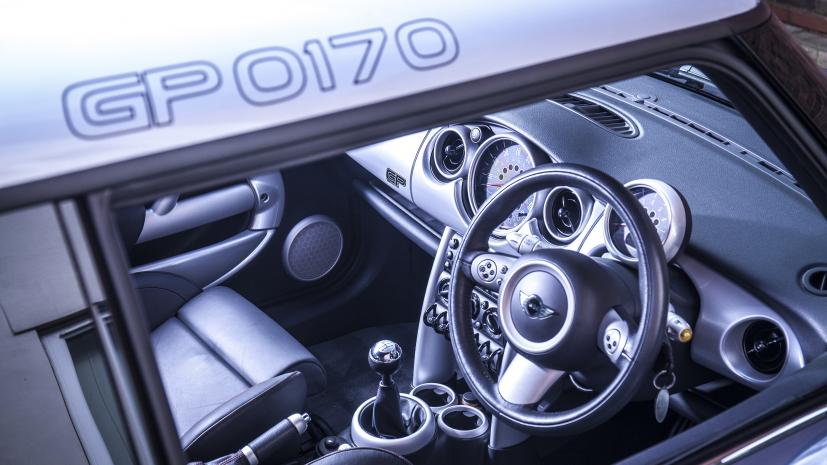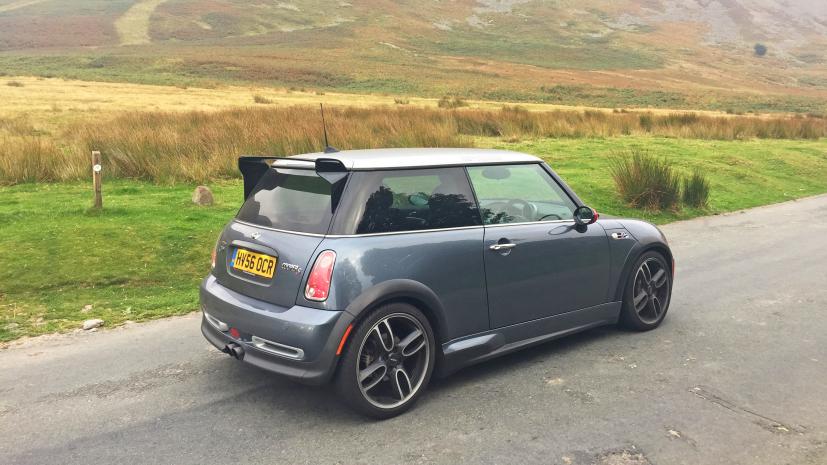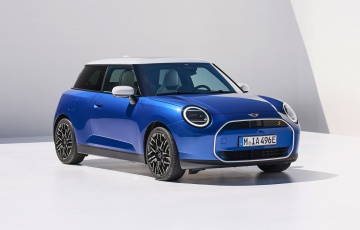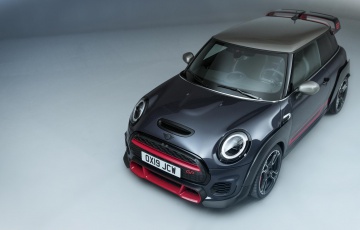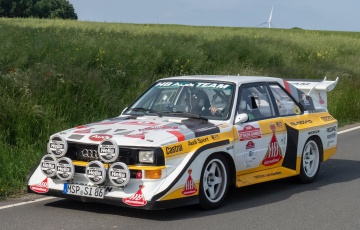TG's buying guide: the original 2006 MINI Cooper S John Cooper Works GP Tuning Kit
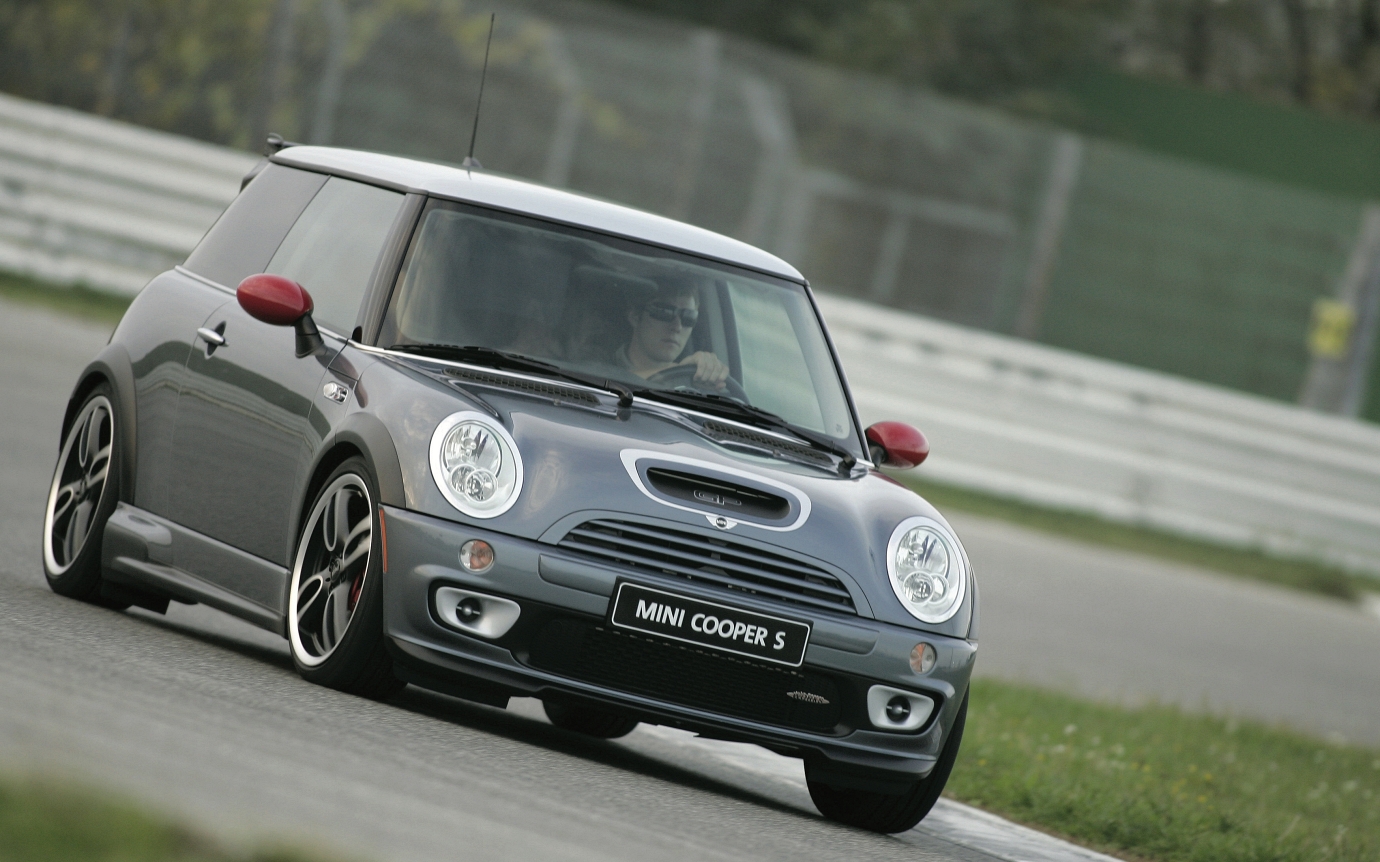
Hot hatch specials are all the rage nowadays. Fast Golfs, Meganes and Abarths are only too happy to bin the non-essentials – like back seats – in the hunt for speed, precision and trackday paddock kudos.
Beating VW, Renault and Fiat to it, though, was MINI, with the Cooper S Works GP. Limited to 2,000 cars, with around 450 coming to the UK (and 6 in Singapore?), it was pieced together by Italian coachbuilder Bertone for maximum speciality.
PHOTOS Simon Thompson
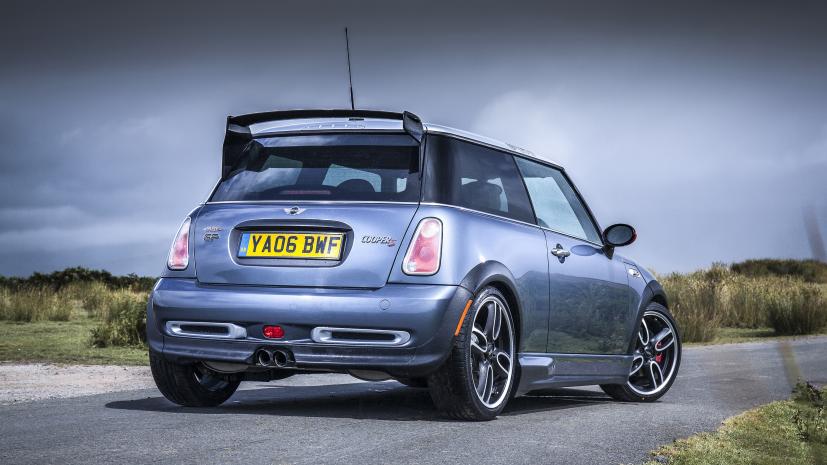
Back in 2006, when the wee GP launched, its price tag represented a big hike for a car which had halved its seat count. But those binned rear seats contribute to a 50kg weight loss, significant in such a small car. Final kerb weight? Just 1,090kg. Probably worth tethering it down on windy days.
The GP also sits 10mm lower than a contemporary Cooper S, its suspension stiffer and more aggressive. There’s a limited-slip differential on the front axle, too, helping control the stockier 218hp of its 1.6-litre supercharged four-cylinder engine (yep, not turbocharged, like all Minis since have been).
The result? A 240km/h top speed and 0-100km/h in 6.5 seconds, senior figures for a little MINI. The more aggressive aero kit and carbon rear spoiler apparently contribute to its aerodynamic behaviour, too. As well as looking blooming boisterous, of course.
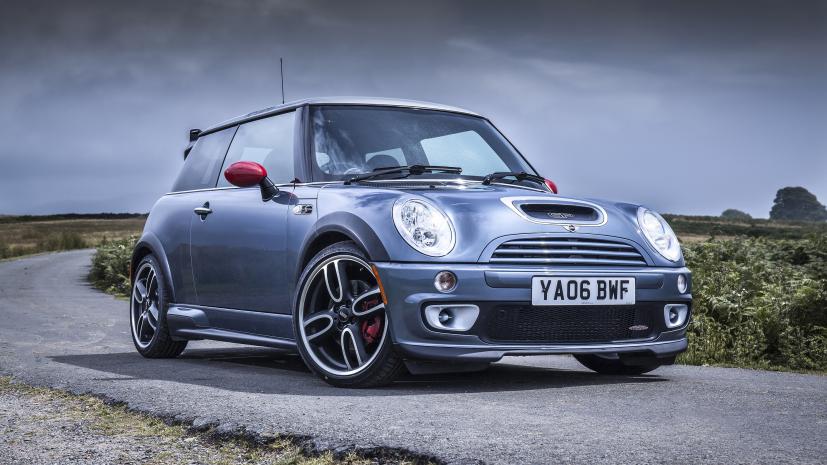
In fact, the looks are what consume your thoughts on first acquaintance with this car. Let’s face it, you’ll love them or loathe them, and they will dominate whether or not you’re willing to spend any money on one of these.
With its Thunder Grey paint (your only option) and de-chromed detailing, it’s like the MINI designers were going for a subtle, camouflaged-against-the-tarmac look… until a sudden, last-minute change of heart saw its red and silver detailing, four-spoke alloys and brazen body kit flung unsympathetically upon it.
It looks hard as nails, though, and the slightly chintzy MINI received its first proper dose of attitude with the GP makeover. Like all the best performance car specials, there’s no misunderstanding its intentions.
The recipe proved so popular, it was repeated when the Mk2 MINI came to the end of its life in 2013. The John Cooper Works GP (subtle name difference, see?) isn't quite as much of a bargain as its ancestor just yet, though.
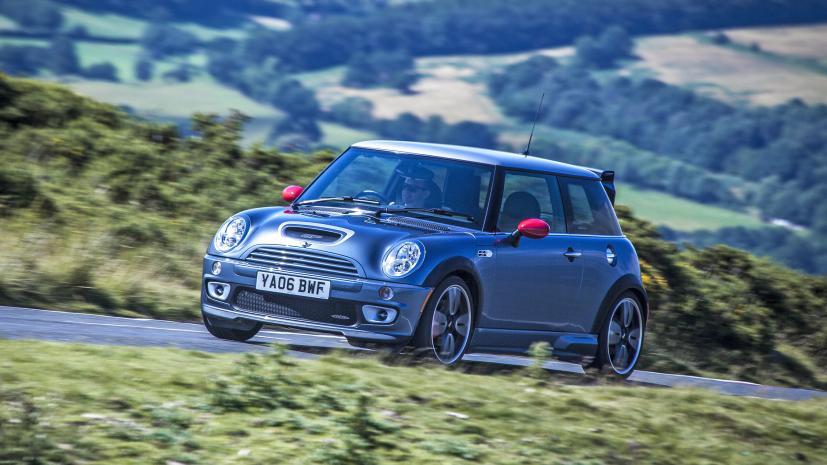
How it feels to drive today
Properly old-school. That’s your short answer. Driven back-to-back with any modern hot hatch, this will feel more than ten years its senior.
Partly it’s in the power delivery. The little 1.6-litre, or more specifically its supercharger, wails merrily away as the revs climb. And those revs build in a completely linear manner. It almost feels slow at first if, like me, you’ve become so accustomed to bracing yourself for a kick of a turbocharged mid-range in a small hot hatch.
The GP has no such ‘point’ in its rev-range, no specific number to aim for on the tacho. It just keeps accelerating, with the visceral whine of its forced induction possessing such clarity, it’s like it’s being played straight through a B&O stereo in the footwell. Why do modern supercharged cars hide this noise?
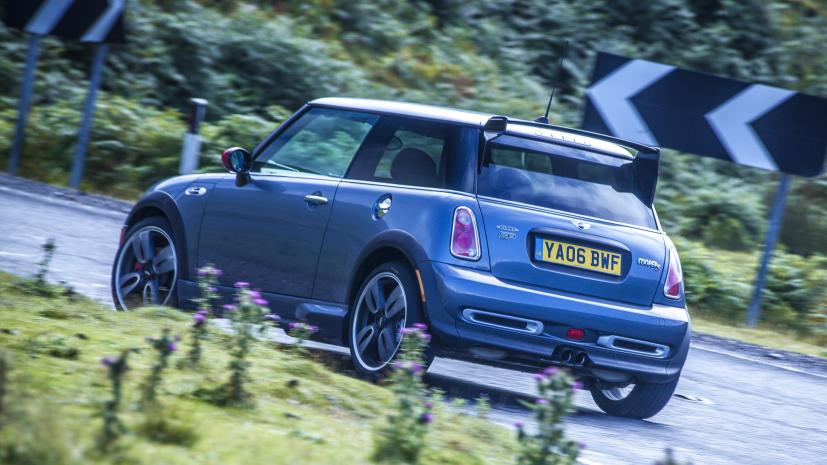
It’s actually blooming quick, though. Given the big speedo sits in the middle of the dashboard, well away from your eyeline, you might not actually notice, with no electronic supplement in the rev counter like modern MINIs. But when a car weighs so little, it’s only ever going to be catapulted along by what is a pretty torquey little engine.
Light on its feet, too. Compared to cars ten years its junior, it feels a little skittish. It’s from a time when hot hatches didn’t race for ‘Ring records and the limpet-like grip those require. Traction out of corners is its strong suit, that LSD ensuring you don’t scrabble power wastefully away.
It’s into corners, particularly when it’s wet, where your inputs ought to be measured. The GP’s hyper agile and needs a bit of care. The result, though, is a car that’s effervescent and full of energy, darting about the place with the merest of steering inputs.
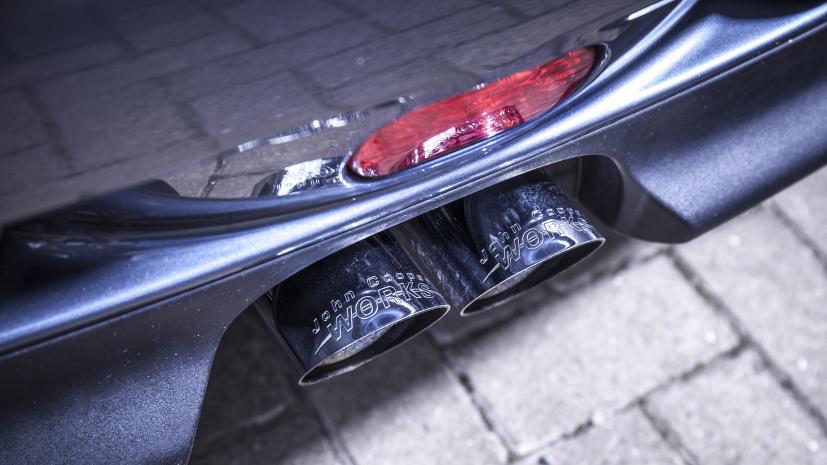
The GP behaves likes this straight away, too. Unlike the MINIs that followed it, you have no Sport button to press or driving modes to toggle through. It’s hard-edged and up-for-it immediately.
This also means that when the exhaust pops and crackles, a sound exacerbated by the lack of interior separating your ears from the bootlid, those noises are real. Not some manufactured-in fakery. Call us cranky oldies, but this is fantastic news.
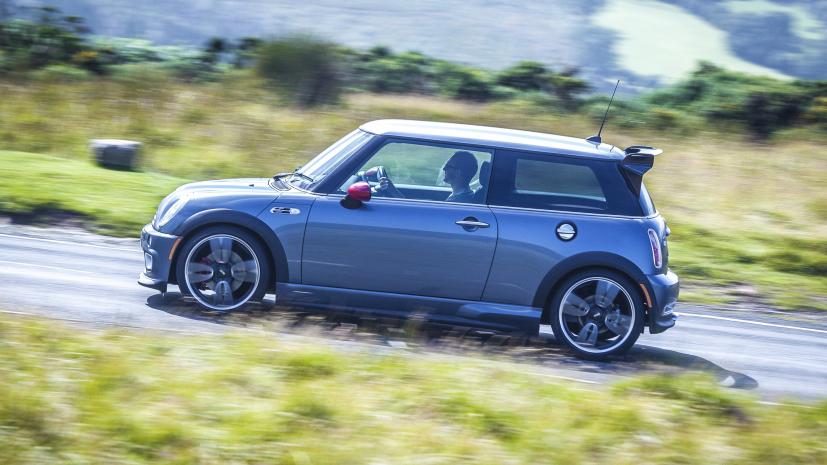
One final mention goes to the ride quality, which is surprisingly good for a little two-seat bruiser. If it’s your first taste of a performance car, you still might find it tough, but in the context of the big-wheeled, stiffly sprung hatches that have followed its arrival in 2006, it feels very supple.
Speed bumps and pot holes still shudder through it a bit, but when it comes to building and maintaining your pace on a decent stretch of road, you’ll rarely be deflected off line when the road surface is uneven. Which, when you’ve got a charismatic little engine you want to keep screaming, is very good news indeed.
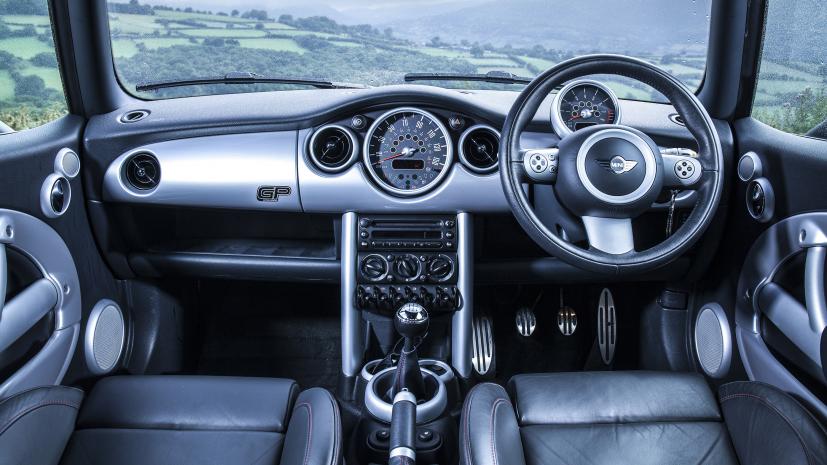
What to watch out for
The Cooper S Works GP was effectively the end-of-life special for BMW’s first generation of MINI.
As such, a number of recall issues and known faults were ironed out by this point. With less equipment and trim – there’s not even a rear wiper – the list of things to check is generally lower, too.
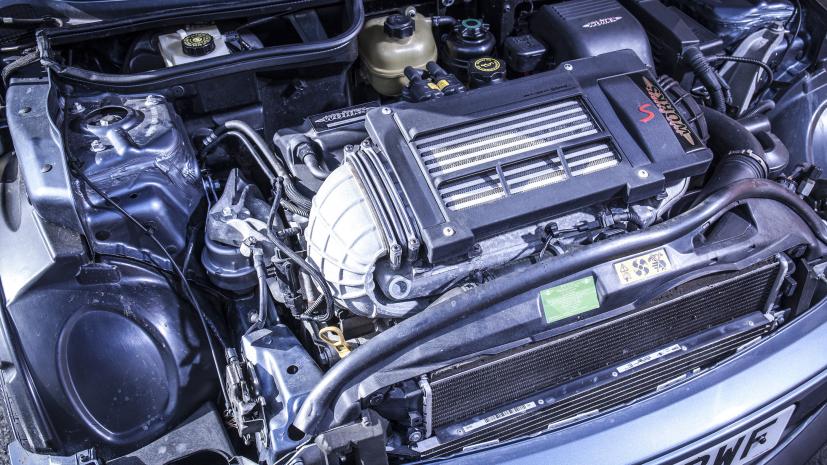
Its engine is largely strong, but be extra attentive for oil leaks, or any suspicious noises while running. Cylinder heads are known to crack if the engine has ever been allowed to overheat. Second-hand GPs don’t appear to differ much in value, so you’re unlikely to be missing a once-in-a-lifetime bargain by walking away from a car with potential issues.
Superchargers might need replacing at 100,000 miles, but we couldn’t find anything for sale beyond the 70,000 mark, so this may not be an issue for some time yet. More than other 2006-era hatches, GPs seem to be used reasonably sparingly and kept from gratuitous modding.
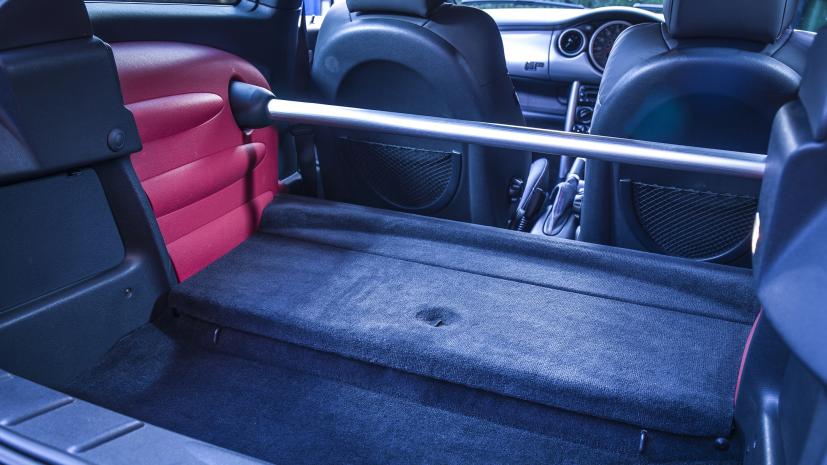
Tyres are a talking point. The GP came on runflats as standard, and sourcing identical replacements can be tricky, and expensive.
But these have long been a bugbear of owners. In our experience, swapping a MINI onto regular tyres improves its ride quality, its precision, and your bank balance. And it opens up a world of choice to match how often you'll take it on track.
Just make sure you pack a can of tyre foam and have some breakdown cover, ready for if you do ever suffer a puncture. Wouldn’t want a spare wheel ruining that carefully honed kerb weight, eh?
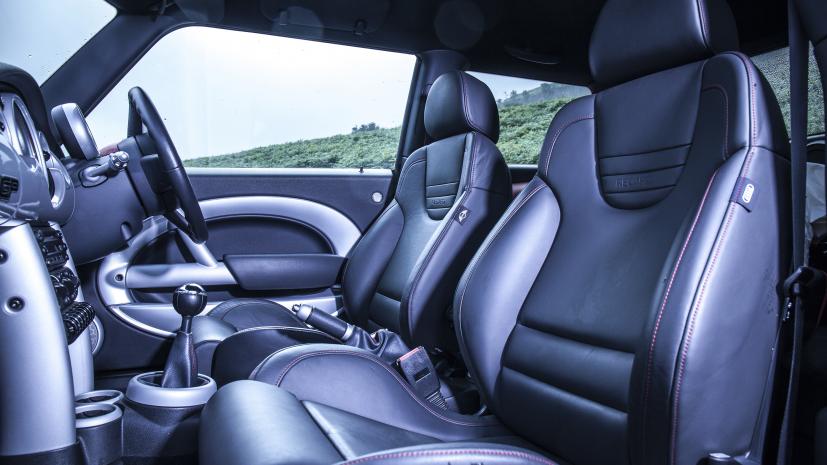
Otherwise, it’s all condition-related stuff. Inside, see if the strut brace has any scratches and if the leather Recaros have been cared for. An obscure known fault of this generation of MINI is the backlighting of the heater controls failing; be exhaustive in pressing buttons and checking everything lights up.
Outside, have a good eye over that paint for stone chip damage and make sure all the decals are present in the right place. Naturally, the limited-edition number on the interior GP badge should match the sticker on the roof.
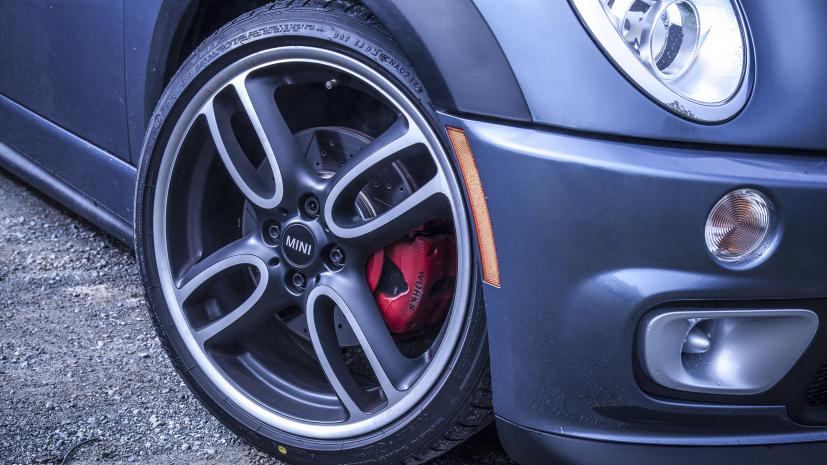
And make sure those eye-catching alloys have been cared for. It’s not a deal-breaker if they’ve seen a kerb or two, but factor this into your haggling.
Not only will you want to cover refurbishing costs, you’ll want the same figure again to get the wheel alignment properly sorted. If the tyres are displaying uneven wear, the tracking is definitely out of kilter.
